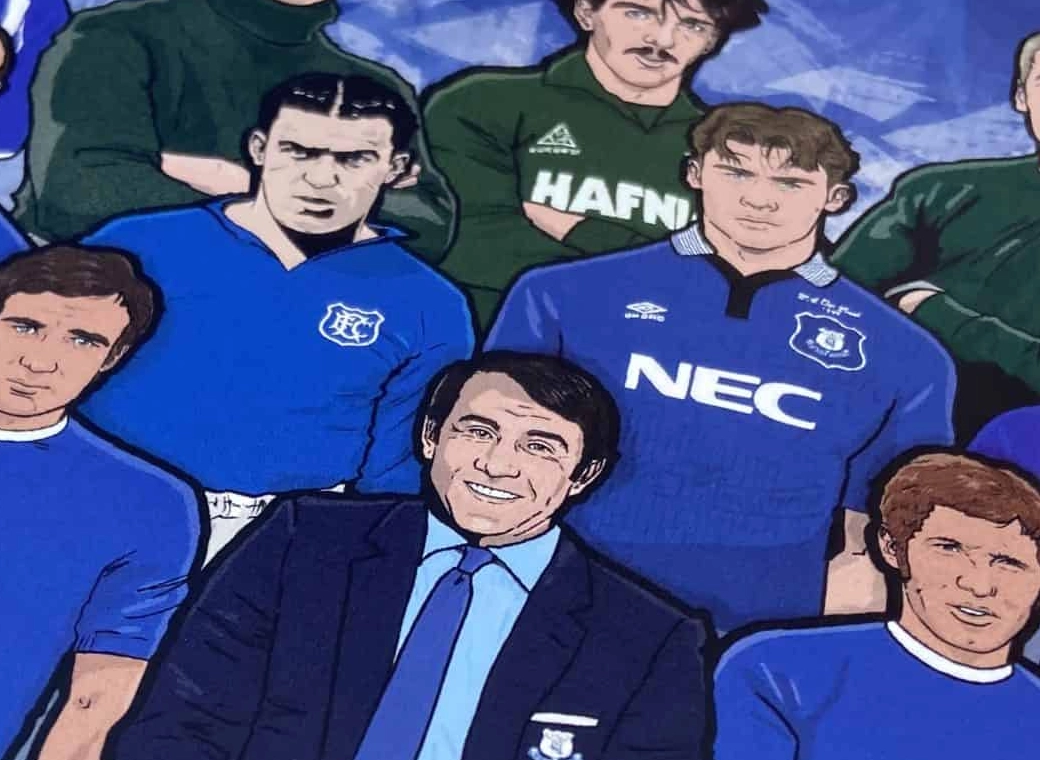It might well be. Certainly for some of the factors you mention. It's all probably a bit subjective tbh, and difficult to assess definitively, as there are a broad range of capacities of stadia in the Prem, and there are other criteria to consider too.... I mean, how do you compare Old Trafford to say the Vitality? Yet Bournemouth might be able to say that their stadium fits their needs better than Man Utd's famous old stadium does theirs? People will have a range perspectives and prioritise some of those criteria quite differently. What about atmosphere? Affordability (for club to build and fans to buy tickets)? Transport/accessibility? Getting to and from stadia is definitely a major part of "the match-day experience" for most fans. Surrounding facilities may also be a major issue for others. Some fans/clubs/observers may place a far greater onus on the value of history and tradition. Glasgow Rangers for instance completely remodelled Ibrox, yet the old mainstand is still their centre-piece stand. Similar for little old Fulham at their waterfront museum piece. So all in all, it can be a difficult thing to measure objectively.
NWHL and the Emirates are amongst the newest of the rest, so they're probably a fairly direct comparison. Of course, they both win on capacity. Their corporate capacities are also much bigger, with 80 and 120+ boxes respectively, with whole corporate tiers at optimum viewing distances/elevation for greater exclusivity etc. So their matchday income versus cost and ROI probably beats ours too. For many, the Emirates probably overdid that aspect. The resultant fragmentation created by a continous corporate tier on all sides, plus the relatively low upper tier capacity has famously (adversely) affected the atmosphere. Arsenal would probably argue that they needed that amount of corporate to pay for it. I think there are plans afoot to remedy that at one end, by continuing the upper tier downwards and losing the corporate/boxes at that end.... but not sure if that'll happen. The lower tier (which is almost half the total capacity) is also quite shallow and distant too, making it not great when everyone stands. Spurs wanted to iron out some of the Emirates failings at NWHL. They wanted a similar corporate capacity, but with better proportions and the ubiquitous large home end (kop derivative), to help bolster the atmosphere. This they seem to have mostly achieved. The facilities are probably better than anywhere and they are generally closer to the pitch than at the Emirates, with safe-standing incorporated. They also have the added facility of a moving pitch, which greatly increases the versatility of the stadium to host other events all year round. As far as I've heard, the large South stand, though noisy, hasn't been quite the atmospheric cauldron intended. Some mentioning the high airy roof not quite harnessing the sound etc. I was a bit surprised that they didn't try to better emulate their famous shelf by putting a large lower tier on the East side for the more vociferous to gather, as at WHL.... but I suppose the desire to maximise corporate on the sides won out.
Personally, I've never been overly bothered about stadium externals myself. Some of the greatest stadia in the world are surprisingly plain, functional or even brutally austere on the outside. For me stadia are probably the only building type that are always best judged internally. For the most part, the external facade adds little to nothing to the matchday experience for me. Inside is always the defining factor. That is where we spend the most time. That is where the TV cameras all focus and where all the important stuff happens. It's also how we best recognise most stadia. How those internal tiers are arranged to bring us all closer to the action, with various viewing angles/offers etc. How we all interact with that arrangement to create the atmosphere etc are the really important design features. The external architecture and even the setting have no influence on any of that... they are the frills or "nice-to-haves" as far as I'm concerned. For instance, if you put Prenton Park on Bramley Moore dock and rebuilt a facsimile of Albert dock warehouses around it, it would still be Prenton Park inside. Perhaps Brighton fans would say their contryside setting is more aesthetically pleasing.... ?
It's fair to say that BMD probably trumps the rest in terms of external aesthetics and setting..... but it has come at a cost. Internally, NWHL is for the most part more impressive. However, as Meis says, it is in many ways more similar to the large NFL stadia than the traditional British stadia. Sometimes less is more. The much simpler BMD bowl should better lend itself to greater acoustic unity than both North London stadia for a greater "whole-stadium" atmosphere. So yes, overall, it could well be the best when completed.
Of course, other stadia are still likely to change/grow in the years to come.... St James's will be 60k+ in the next few years. Anfield and the Etihad may well get to 65-70k in years to come so, future-proofing might be a further factor to consider.










